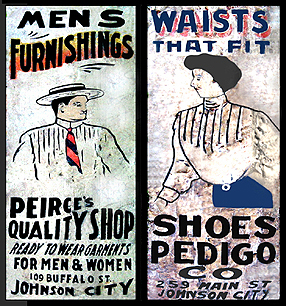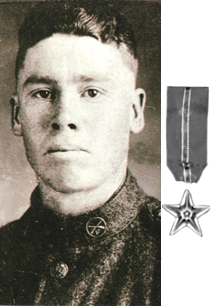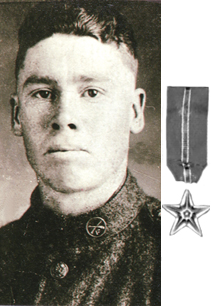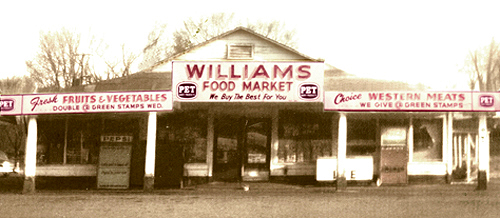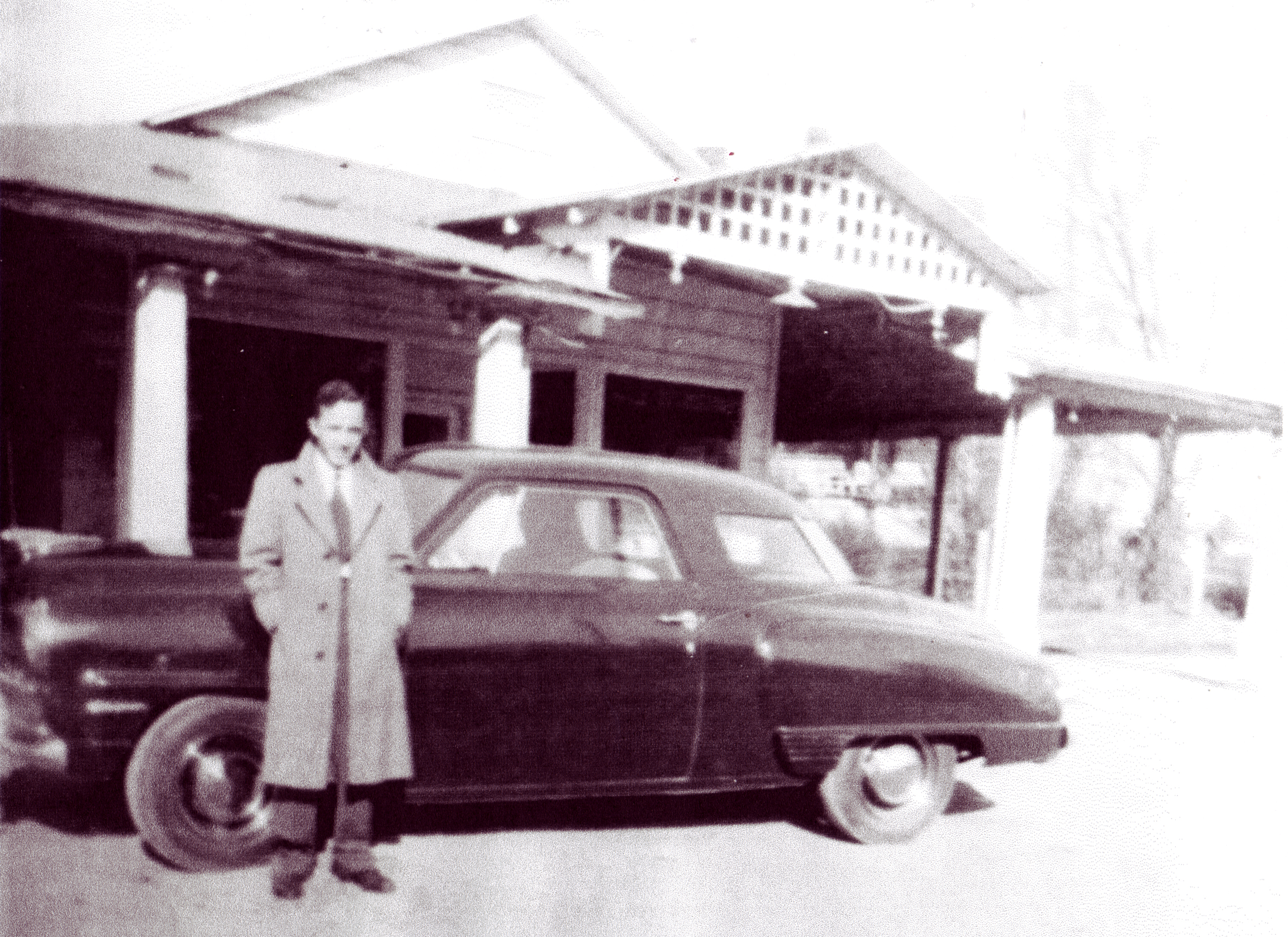A lady recently showed me two pre-1915 long narrow tin advertising signs that she found attached to the back of a cabinet that her father built years ago. One contains the words: “Peirce’s Quality Shop, Ready to Wear Garments for Men and Women, Men’s Furnishings, 109 Buffalo Street, Johnson City.” The other one is for “Pedigo Co., Waists That Fit, Shoes, 259 Main Street, Johnson City.”
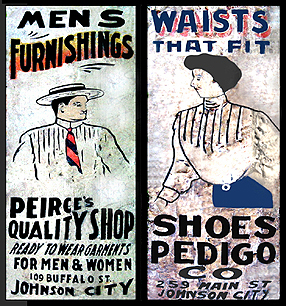
While brief facts are available for Pedigo Company, Peirce’s Quality Shop is not found in any of the available city directories. I conferred with Norma Myers, resident history sleuth and director of ETSU’s Archives of Appalachia, to see if she had anything to offer regarding the two stores. She replied: “Pedigo’s was listed in the 1911 city directory but not the 1908 one. Edward S. Pedigo was president of the company, his residence shown to be Bluefield, WV. L.W. Oaks was Vice President and J.T. Hall was Secretary-Treasurer. Mr. Oaks’ home address was also listed at 259 E. Main, indicating that he lived upstairs over the enterprise.”
Although 259 E. Main does not exist today, older city directories reveal a renumbering of the businesses along the north side of Main at Roan, indicating some building changes occurred along that end of the block. According to a 1915 Chamber of Commerce publication, Mr. Pedigo owned the early Johnson City business and another one in Bluefield, WV. He managed the West Virginia operation while Oaks and Hall operated the Johnson City one.
The Chamber’s report further states: “Pedigo Company is one of the good firms of Johnson City, the location being at 208 E. Main Street (second location and future site of the Hollywood Shop). The business has been established for some six years. The Pedigo Company handles all kinds of men’s and boys’ clothing, shoes, hats and gents’ furnishings. Goods of high quality and the best manufacture only, are handled, and the prices are altogether reasonable. There is genuine satisfaction in dealing with the firm, and Messrs. Oak and Hall, who are always to be found in the store, take a kindly interest in customers and desire to please each and every patron.”
The garment business was in operation between approximately 1909 and 1928, closing probably as a casualty of the Great Depression. Ms. Myers then directed her comments to Peirce’s Quality Shop: “The first time that anything shows up in the city directory about ‘Pierce’ (different spelling) is 1921. In that directory, it shows ‘Pierce & Pierce, first class shoemakers and repairers, 106 Buffalo.’ The owners are listed as William C. Pierce and Rex D. Pierce. The company was still on Buffalo in 1931.”
In 1921, 106 Buffalo reveals Pierce & Pierce and 107-109 Buffalo housed the New York Bargain House (clothiers). In 1928 and 1932, 109 Buffalo was shown to be A&P Tea Company with Pierce & Pierce still doing business at 106 Buffalo. In 1935, the shoe firm was still in business with Rex listed as the sole owner of the establishment.”
Norma was perplexed that the tin sign shows Peirce’s Quality Shop at 109 Buffalo and the directory reveals Pierce & Pierce at 106 Buffalo. The Archives director and I conclude that the two businesses were separate and that “Peirce’s” was short-lived and not shown in available city directories.
Thanks to a local lady’s generosity in sharing two old tin signs, another chunk of Johnson City’s nearly forgotten colorful past has been spotlighted and examined.
